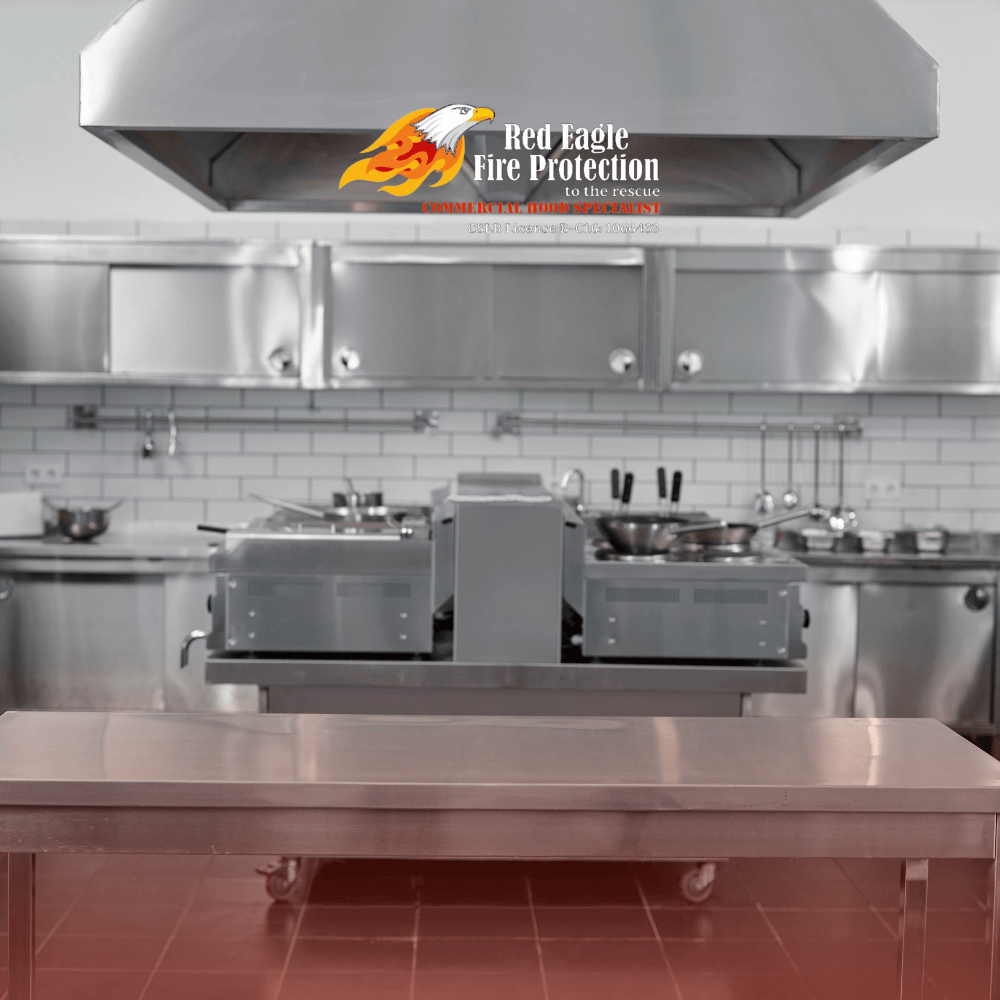Installing a kitchen exhaust hood in a commercial kitchen is not just about improving air quality; it’s also about meeting regulatory standards. A compliant kitchen exhaust hood installation ensures the safety of your kitchen while adhering to local codes. Understanding the guidelines and taking the right steps during installation can help avoid costly fines and create a safer cooking environment.
Why Compliance Matters for Kitchen Exhaust Hood Installation
Compliance with building and safety codes is essential for any exhaust hood installation. Proper ventilation helps to control grease, smoke, and heat, reducing the risk of fire and maintaining a comfortable environment for kitchen staff. Meeting regulatory standards also ensures that your kitchen passes inspections, keeping your business running smoothly.
Key Regulatory Requirements for Kitchen Exhaust Hoods
Before starting a kitchen exhaust hood installation, it’s important to understand the specific requirements set by local and national codes. Here are some critical standards to consider:
- Proper Clearance Distances: Most regulations require a minimum clearance between the exhaust hood and nearby surfaces like walls and ceilings. This distance ensures that the hood can safely capture heat, smoke, and grease without creating fire hazards.
- CFM Ratings and Airflow: The exhaust hood system must meet a minimum cubic feet per minute (CFM) rating based on the type of cooking equipment. High-heat appliances like grills and fryers require higher CFM ratings to effectively remove smoke and fumes.
- Ductwork Requirements: Local codes often specify the materials and design for ductwork. It is important that ducts are fire-resistant and properly sealed to prevent leaks. A well-planned exhaust hood installation includes ductwork that minimizes airflow resistance for better efficiency.
- Fire Suppression Systems: Many commercial kitchens are required to integrate fire suppression systems into their kitchen exhaust hood installations. These systems automatically activate in case of a fire, helping to control and extinguish flames before they spread.
Steps to Ensure a Compliant Exhaust Hood Installation
Achieving a compliant kitchen exhaust hood installation requires careful planning and attention to detail. Here are some steps to follow:
1. Consult Local Codes and Regulations
Each jurisdiction may have its own set of rules governing exhaust hood installations. It’s crucial to consult local building codes and health department guidelines before starting the project. Understanding these requirements ensures that you plan the installation correctly from the beginning.
2. Work with a Licensed Professional
Hiring a licensed installer can help ensure that your kitchen exhaust hood meets all regulatory standards. Professionals are familiar with the latest codes and can handle complex aspects like duct design and fire suppression integration. This expertise helps you avoid potential issues and ensure a smooth installation process.
3. Schedule an Inspection
After the exhaust hood installation is complete, scheduling an inspection with local authorities is an important final step. Inspectors will verify that the hood meets safety and efficiency standards, giving you the peace of mind that your kitchen is compliant and safe for operation.
Benefits of a Compliant Kitchen Exhaust Hood Installation
A compliant kitchen exhaust hood installation offers more than just safety—it also ensures long-term efficiency. By meeting regulatory standards, you can avoid fines, pass health inspections with ease, and create a safer, healthier environment for your staff. Proper installation also helps the system operate more efficiently, reducing energy costs and prolonging the life of the equipment.
Ensure Compliance and Safety in Your Commercial Kitchen
Meeting regulatory standards during kitchen exhaust hood installation is essential for maintaining a safe and efficient kitchen. By understanding local codes, working with licensed professionals, and scheduling inspections, you can ensure that your exhaust system meets all requirements. A compliant installation not only keeps your kitchen safe but also supports the long-term success of your business.
READ MORE:

